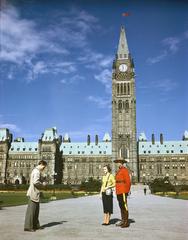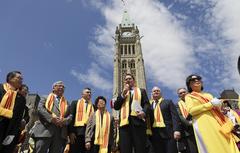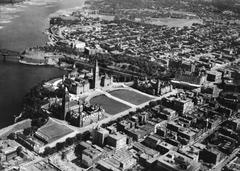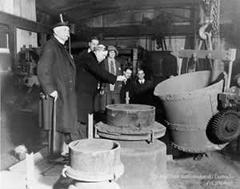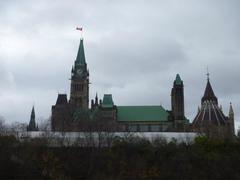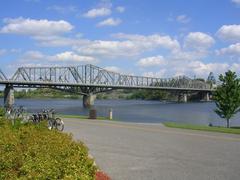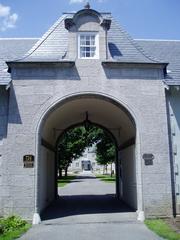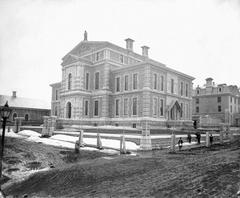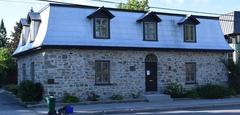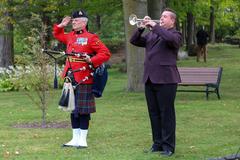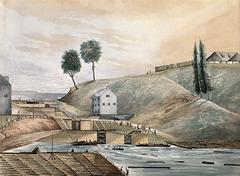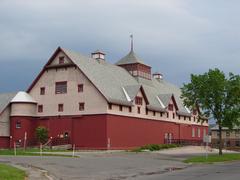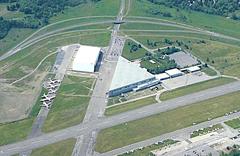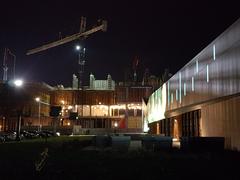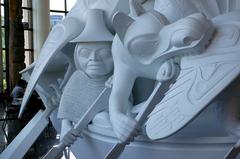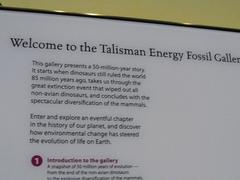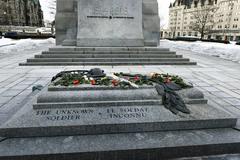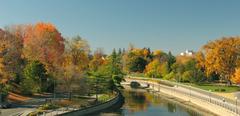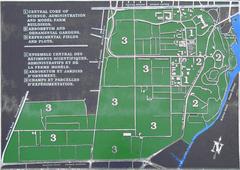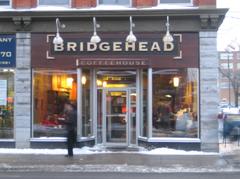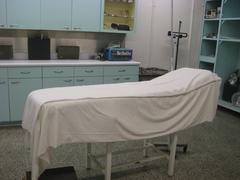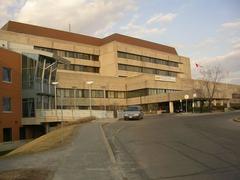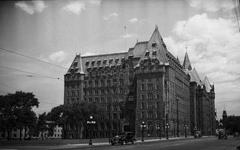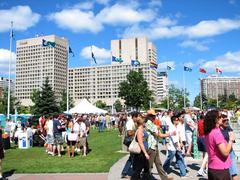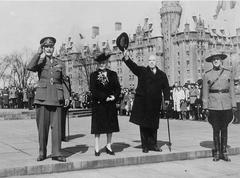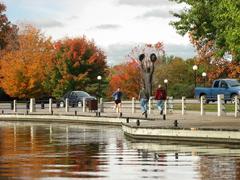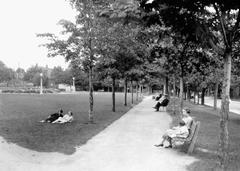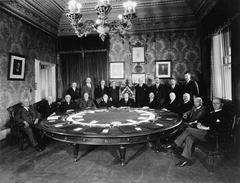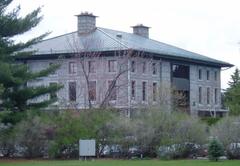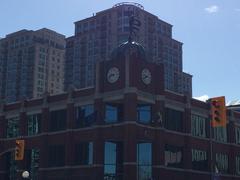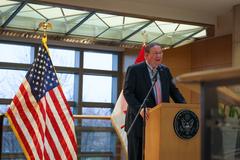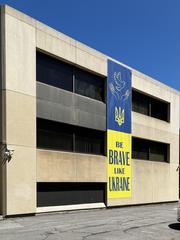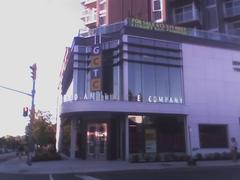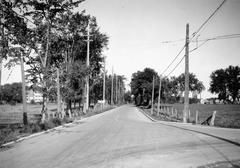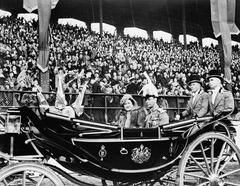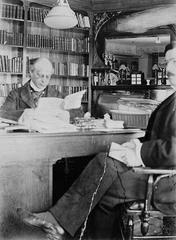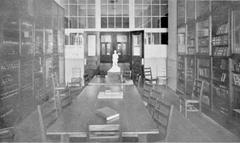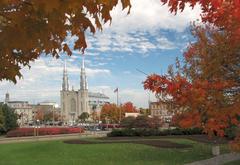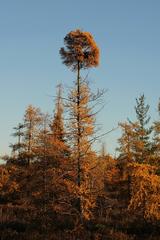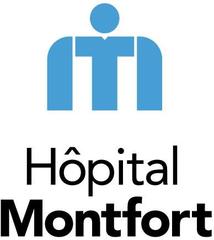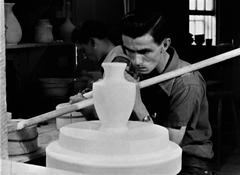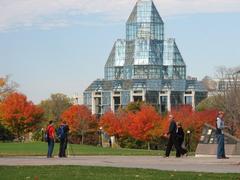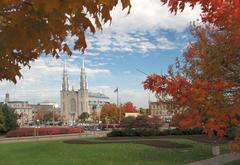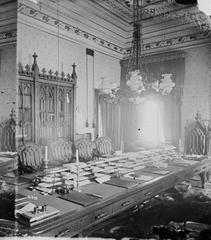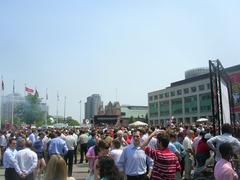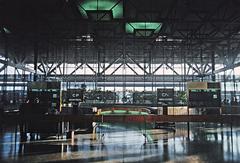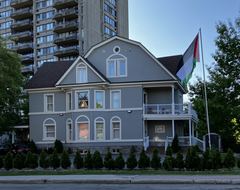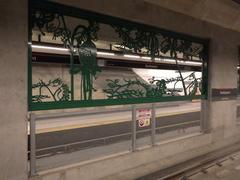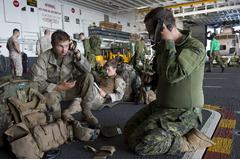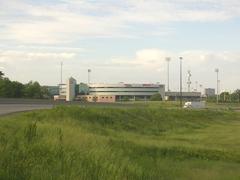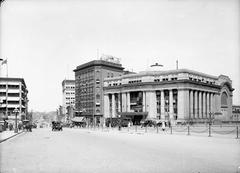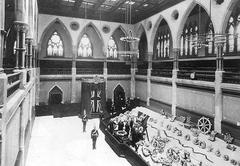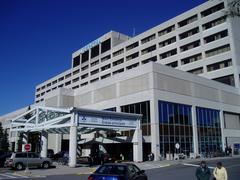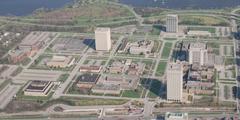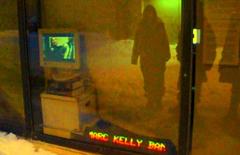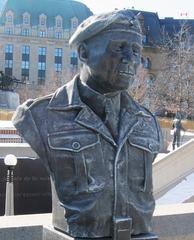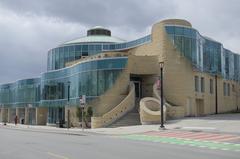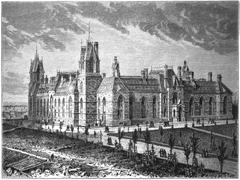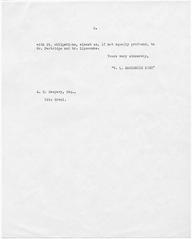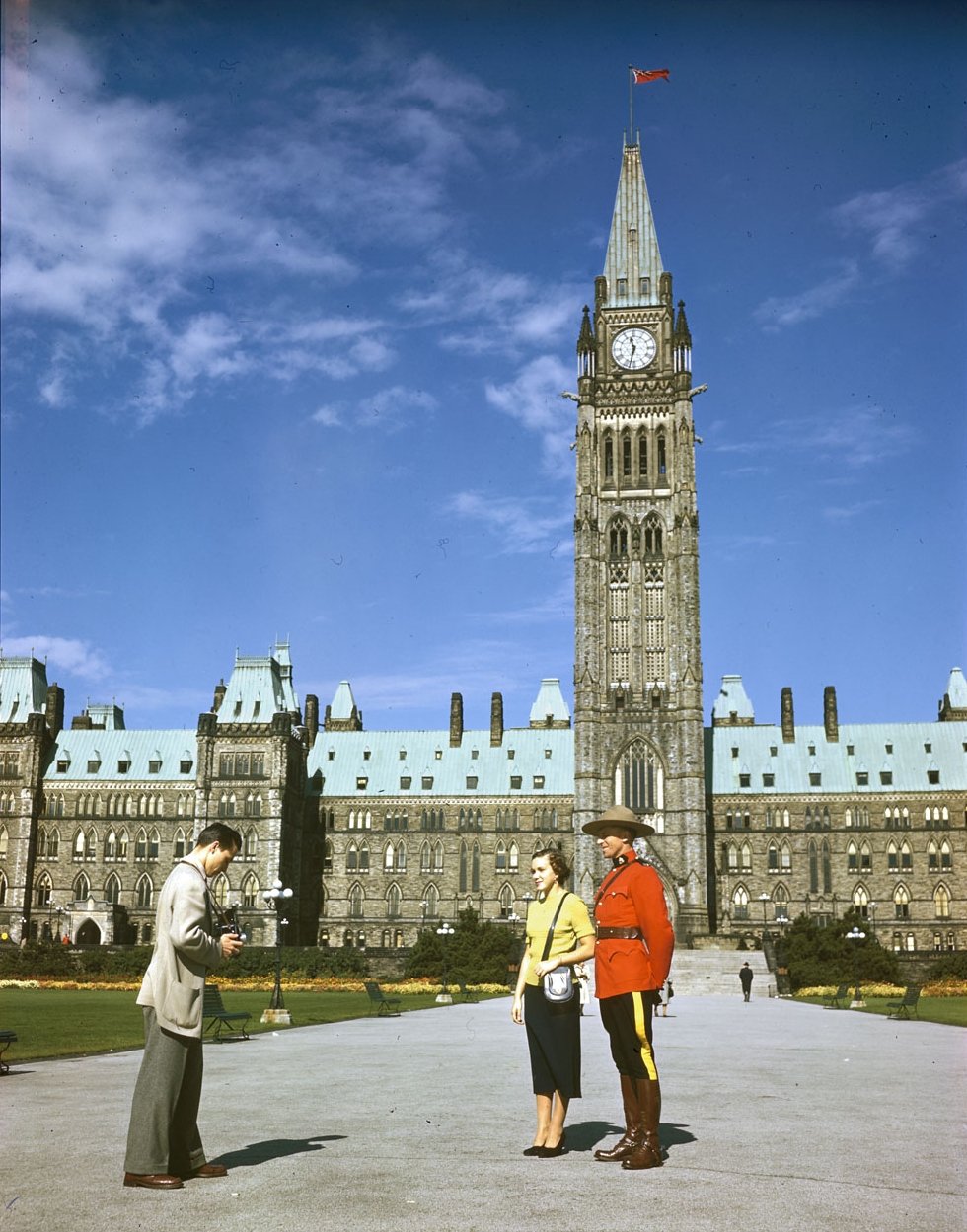
Peace Tower Ottawa: Visiting Hours, Tickets, and Historical Significance Guide
Date: 14/06/2025
Introduction
The Peace Tower, rising majestically above the Centre Block on Ottawa’s Parliament Hill, stands as one of Canada’s most enduring symbols. This neo-Gothic spire not only dominates the city’s skyline at 92.2 meters tall but also represents the nation’s commitment to peace, unity, and remembrance. Constructed after the devastating Parliament fire of 1916, the tower serves as a powerful memorial to Canadians who sacrificed their lives in World War I and subsequent conflicts (Wikipedia; Canada.ca).
Designed by architects John A. Pearson and Jean-Omer Marchand, the Peace Tower features intricate stonework, four grand clock faces, and a carillon of 53 bells. Visitors can explore the solemn Memorial Chamber, which houses the Books of Remembrance listing the names of fallen Canadian soldiers (Best in Ottawa). This guide provides comprehensive information on visiting hours, tickets, accessibility, historical background, travel tips, and highlights nearby attractions—making it an essential resource for anyone planning to experience this iconic Ottawa landmark (Parliament of Canada; Icy Canada).
Table of Contents
- Introduction
- Historical Background
- Visiting the Peace Tower
- Frequently Asked Questions
- Conclusion
- Sources
Historical Background
Origins and Early Development
The Peace Tower replaced the original Victoria Tower, which was destroyed in the 1916 Parliament fire. Construction began in 1919, with a cornerstone laid by Prince Edward. The new tower was dedicated as a memorial to Canadians who served and died in World War I, and its construction was completed in time for the 60th anniversary of Canadian Confederation in 1927 (Wikipedia; The Road Home).
Design and Architectural Vision
Pearson and Marchand’s design is a blend of Modern Gothic Revival and Victorian High Gothic styles, using Nepean sandstone and a copper roof. The tower’s four clock faces, each 4.8 meters in diameter, are visible across Ottawa and symbolize the transparency and continuity of democracy (Canada.ca; Everything Explained Today).
Construction Timeline and Key Milestones
- 1919: Construction begins; cornerstone laid.
- 1927: Official inauguration and first national carillon performance, coinciding with Canada’s Diamond Jubilee (The Road Home).
The Memorial Chamber
Above the tower’s porte-cochère lies the Memorial Chamber, a sacred space honoring Canadian military sacrifice. Its centerpiece is the Books of Remembrance, listing over 118,000 names from World War I to present-day missions. The chamber is adorned with stained glass, marble columns, and stones from European battlefields (Best in Ottawa).
The Carillon: Musical Heritage
The Peace Tower houses a carillon of 53 bells, first played in 1927. The carillon is used for daily recitals and major national ceremonies. Restoration of the instrument is ongoing and expected to continue through 2027 (Everything Explained Today).
Symbolism and National Identity
The Peace Tower is a central symbol of Canadian identity, appearing on currency, postage stamps, and in countless national celebrations. Its bells, intricate stone carvings, and imposing spire reflect the nation’s British heritage and modern independence (Explore.com; Icy Canada).
Preservation and Restoration
Ongoing conservation ensures the Peace Tower remains safe and accessible for future generations. Major restoration work is being carried out on the carillon and masonry, with periodic closures or limited access (Sacred Travel Destinations).
Visiting the Peace Tower
Visiting Hours
- General Hours: 9:00 AM to 4:30 PM daily, extended to 7:30 PM in May and June.
- Season: Typically open from late spring through early fall. Hours may change for maintenance or special events. Always confirm current hours on the official website.
Tickets and Admission
- Admission: Free.
- Tickets: Required for entry, distributed on a first-come, first-served basis at the Visitor Centre (90 Wellington Street; no advance reservations).
- Recommendation: Arrive early, especially in peak season or on weekends, to secure tickets.
Accessibility
- Features: Elevators to the observation deck and Memorial Chamber, ramps, and accessible washrooms.
- Assistance: Contact visitor services in advance for specific needs.
Guided Tours
- Options: Guided tours provide in-depth historical and architectural insight; audio guides are available for self-paced visits.
- Booking: Tour information and schedules are available at the ticketing center or on the official site.
Travel Tips and Nearby Attractions
- Best Times: Early weekday mornings to avoid crowds.
- Photography: Permitted on the observation deck; flash prohibited in the Memorial Chamber.
- Nearby Sites: Centennial Flame, Rideau Canal, ByWard Market, National Gallery of Canada.
- Transit: OC Transpo buses and the O-Train serve Parliament Hill; parking is available nearby but can be limited.
Frequently Asked Questions
Q: What are the Peace Tower visiting hours?
A: Typically 9:00 AM–4:30 PM (extended to 7:30 PM in May and June). Verify hours before visiting.
Q: Is admission free?
A: Yes, but tickets are required and must be picked up on the day of your visit.
Q: Is the tower accessible for those with disabilities?
A: Yes, elevators and ramps are available. Contact visitor services for specific accommodations.
Q: Can I take photos inside?
A: Yes, except in the Memorial Chamber where flash is not permitted.
Q: Are guided tours or audio guides available?
A: Both are available and recommended for a richer experience.
Q: Is the carillon currently playing?
A: The carillon is under restoration and will be silent until approximately 2027.
Conclusion
The Peace Tower is not merely an architectural marvel, but a living symbol of Canada’s democratic values, resilience, and hope for peace. Each visit offers a unique opportunity to reflect in the Memorial Chamber, marvel at the city skyline from the observation deck, and connect with the nation’s history. With free admission, accessible facilities, and a central location among Ottawa’s historical sites, the Peace Tower is an essential stop for any visitor or resident. For up-to-date information, consult official resources and consider guided tours or the Audiala app for a more immersive experience.
Sources
- Canada.ca Peace Tower Guide
- Everything Explained Today: Peace Tower
- Icy Canada: Parliament Hill and the Peace Tower
- Parliament of Canada Visitor Information
- Wikipedia: Peace Tower
- The Road Home: 12 Things You Didn’t Know About the Peace Tower
- Best in Ottawa: Guide to Ottawa Peace Tower
